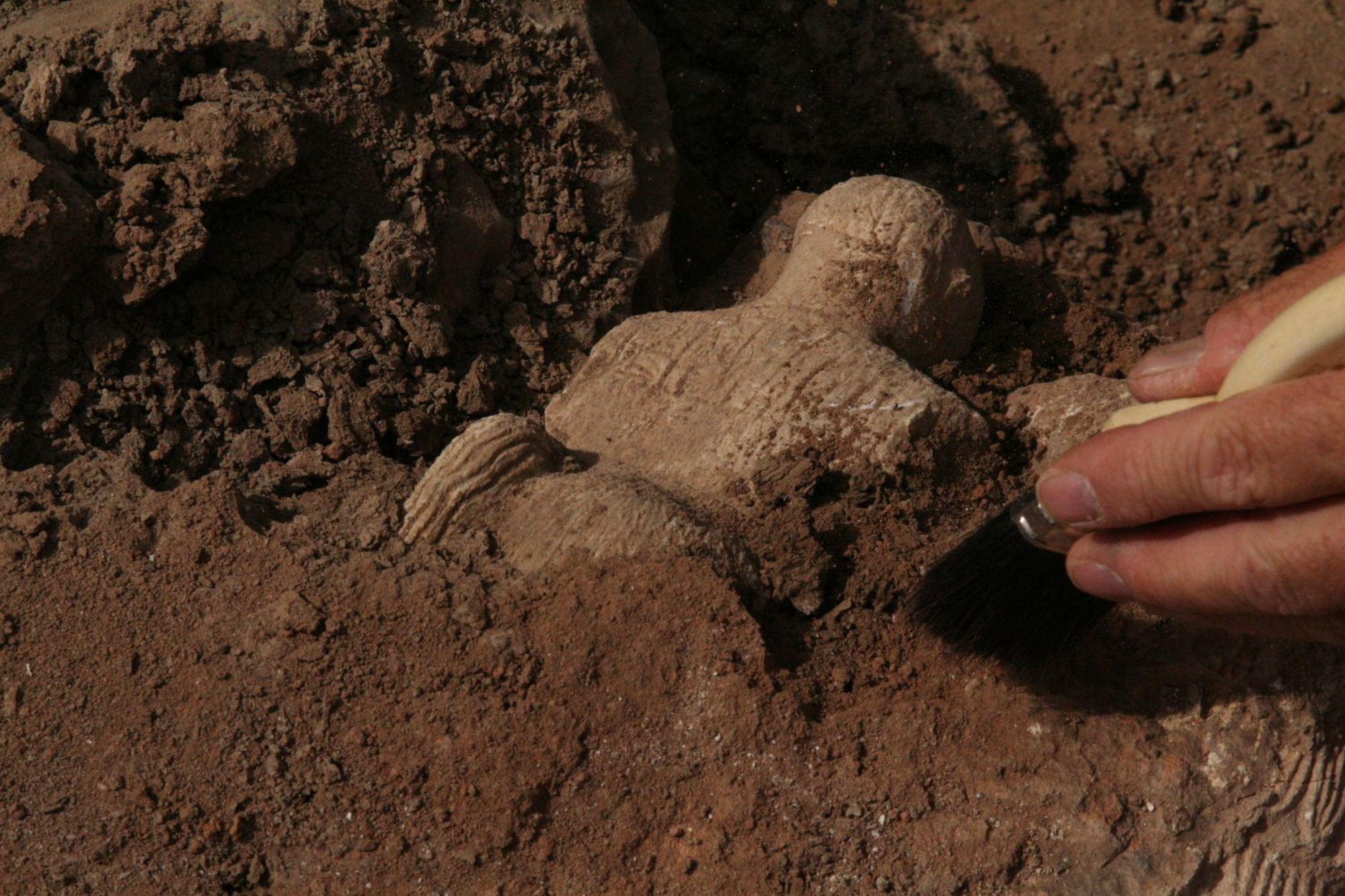
The archaeological study of the Mari site revealed a large number of monuments dating from the first urban civilisation of Mesopotamia. Some of them, especially the two successive palaces, are considered as unique in the annals of Near Eastern archaeology.
Fragile constructions
However, the nature of the basic material used to build this architecture – mud brick – means that the excavated ruins are extremely fragile, and natural decay has often made it impossible to tell what the recovered buildings were. The lack of preventive measures to protect the buildings has often led to the rapid and serious deterioration of the remains.
A protection and conservation plan
From 1979, when Jean-Claude Margueron took over as head of the French Mission, a far-reaching conservation strategy was implemented. The French archaeological mission in Mari worked closely with CRATerre-ENSAG and the Directorate-General for Antiquities and Museums in Syria to achieve this. Research into the erosion of the mud-brick ruins made it possible to study and experiment with techniques to treat the bricks and develop solutions to maintain and sustainably conserve them. The Friends of Mari organisation for the protection of the site successfully began implementing a policy of conserving the sacred enclosure of the palace dating from the mid-3rd millennium. Launched in 1997, this first operation was followed, from 2004, by conservation work in the official sector of the Great Royal Palace of City III. This latest stage, funded by Total E&P and supported by DGAMS, is drawing to a close and there is an urgent need to move on to the next stage.
Developing a site management plan
A 400 sq.m. visitor centre was built on the site in 2009. It is composed of a reception and exhibition area for display panels and conferences. The plans took into account the management of the archaeological remains, including the fencing of the site, spoil management, the backfilling of hazardous excavated areas, and the display of signage. The complex was opened in October 2010, following an international colloquium in Damascus, under the aegis of the DGAMS, the IFPO and the French archaeological mission in Mari, celebrating 75 years of an important archaeological venture on this large and constantly evolving site.





